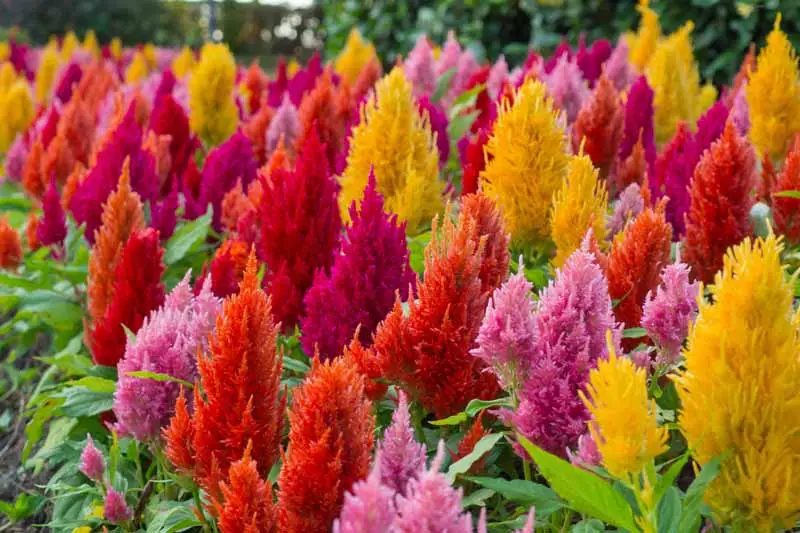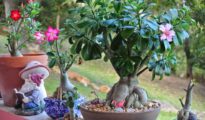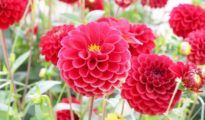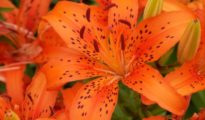Celosia is a beautiful flower that comes in a variety of colors. They are often used in bouquets and arrangements, but did you know that you can grow them yourself? With a little patience and care, you learn how can grow celosia from seed. But before we get into how to grow celosia, let's take a look at what this flower actually is.

What is Celosia?
Celosia is a genus of annual and perennial flowering plants in the amaranth family, Amaranthaceae. The species are commonly known as cockscombs or woolf lowers. There are about 60 different species of celosia, which are native to tropical and subtropical regions around the world.
The most common type of celosia is the Crested Celosia, which features brilliantly colored plumes that resemble the comb on a rooster's head. Crested Celosias are typically grown as ornamental plants, although they can also be used in dried arrangements. These plants come in a wide range of colors, including red, orange, yellow, pink, and purple.
Another popular type of celosia is the Plumed Celosia, which features long feathery blooms that resemble the tails of exotic birds. Plumed Celosias are also grown primarily for their ornamental value, although they can also be used in dried flower arrangements. These plants come in a wide range of colors, including red, orange, yellow, pink, and purple.
Finally, the third most popular type of celosia is the Cockscomb Celosia, which produces small dense flowers that resemble the comb on a rooster's head. Cockscomb Celosias are often used as bedding plants or in containers. These plants come in a wide range of colors, including red, orange, yellow, pink, and purple.
How to Grow Celosia From Seed
Celosia seeds are tiny, so it's important to start by mixing them with some sand. This will help distribute the seeds more evenly when you sow them. Once the sand and seeds are mixed together, sow them on top of your soil. You don't need to cover them, as they need light to germinate. Water gently and keep the soil moist but not wet.
Celosia seeds can take up to two weeks to germinate, so be patient! Once they've sprouted, thin the seedlings so that they are spaced about 6 inches apart. Water regularly and fertilize monthly. Celosia flowers best in full sun but will tolerate some partial shade.
How Long Does it Take to Grow Celosia?
Celosia seedlings can take anywhere from 7 to 14 days to germinate. Once the seedlings have sprouted, they should be transplanted into individual pots or cells. Celosia should be kept in a sunny location with temperatures between 65 and 75 degrees Fahrenheit.
It takes about 6 weeks for celosia plants to bloom. However, if you start the plants indoors, they will take an additional 2-3 weeks to bloom. Once the plants have started blooming, they will continue to produce flowers for several weeks.
7 Surprising Uses for the Celosia Flower
- As a bait plant: Celosia is known to be attractive to certain pests, like cucumber beetles. Planting celosia near your cucumbers can help lure the beetles away from your prize cucumbers and into your trap crop.
- As a cut flower: Celosia's showy plumes make it a popular choice for bouquets and other floral arrangements. The flowers are also long-lasting, so you can enjoy them in your home for days or even weeks after cutting them.
- In the landscape: Celosia adds color and texture to any garden or landscape. Its feathery plumes also make it an excellent choice for dried arrangements.
- As a companion plant: Celosia makes a good companion plant for vegetables like tomatoes, eggplants, and peppers. Its strong scent repels certain pests, like tomato hornworms, that can damage these plants.
- As a natural dye: Celosia flowers can be used to create a beautiful pink or purple dye. Just be sure to use gloves when handling the flowers, as they can stain your skin.
- In potpourri: The dried flowers of celosia make beautiful and fragrant additions to potpourri mixes. They will also add color to your potpourri if you choose to use them fresh.
- As animal feed: Goats and chickens love celosia, so consider adding it to their pasture or feeding it to them fresh from the garden. Just beware that the prickly seeds can cause problems for animals with digestive issues if they eat too much of it at once.
8 .As fodder crop: When dried, celosia makes excellent fodder for livestock like rabbits, guinea pigs ,and chinchillas .The high-protein seeds are especially nutritious for these animals .
With a little time and care, you can grow celosia from seed. Just mix the seeds with some sand, sow them on top of your soil, water gently, and be patient! Once they've sprouted, thin the seedlings and water regularly. Enjoy your beautiful celosia flowers all summer long!



















